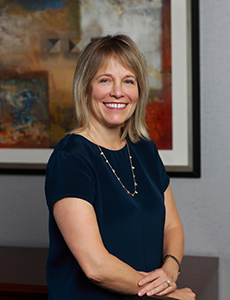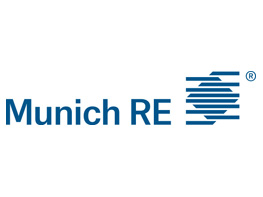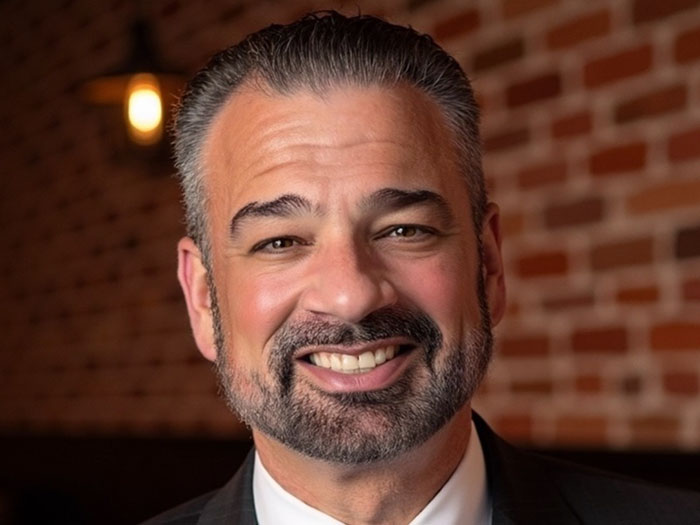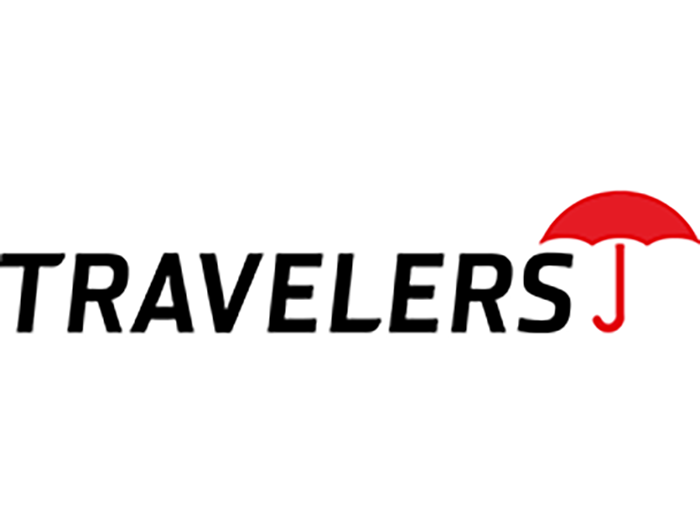Casualty Gaps in Global Insurance Programs Will Persist. Here’s What Insureds Should Keep in Mind, According to Chubb

As COVID vaccinations continue to be dispersed, employees return to their workplaces and business travel picks up, companies’ need for casualty-insurance coverage will increase in importance.
Gaps may emerge in global programs since regulatory requirements differ by country and even by province or state, potentially resulting in unenforceable policies, adverse tax consequences, significant fines, shutting down of operations or major reputational risk.
“Regulations can impact the underpinning of the entire program and its ability to respond, from what type of coverage is possible in a country to who can adjust and pay claims,” a Chubb Global Risk Spotlight advisory entitled Building a Better Multinational Casualty Program explained.
The advisory also noted global trends toward greater protectionism and countries’ more stringent insurance regulations, impacting how policies are underwritten and claims handled.
For example, the report said, a company producing a documentary film outside the U.S. may assume the vehicles it is using are covered by its global master policy’s contingent auto liability. But when an employee is seriously injured in a car accident, it may discover that coverage for the vehicles was required to be purchased from a locally licensed carrier, resulting in a significant coverage gap.
What’s Important for Multinationals to Note
Laura Vest, executive vice president, Chubb Global Casualty, listed several important considerations for multinationals analyzing their casualty coverage, starting with identifying potential exposures.
Those exposures include whether the company has employees who travel globally or are temporarily or permanently assigned to operations in other countries, or has manufacturing facilities or subsidiaries outside the U.S., and/or has contractual obligations in foreign locations.
“The first component is looking at what the company’s exposures are around the world, including products, services and people,” Vest said.
Next, the company should consider its risk management objectives and risk appetite. Does it prefer to transfer as much risk as possible to an insurer or retain some or all of the risk through a retention or a captive that needs a fronting partner?
“Many multinationals may want to be involved in the claims process,” Vest said, adding the next step is determining what the regulatory requirements are in the locations where the company has risk exposures.
“That’s the biggest challenge that comes into play,” she said.
For example, a Chicago-based manufacturer may have a factory in India that requires companies to pay their casualty insurance premiums before coverage becomes active.
“If you didn’t know that and are relying on a global program, you wouldn’t have coverage for your operation there, and then you could also have regulatory and financial penalties,” said Vest, adding that countries with such a requirement include the so-called BRIC countries — Brazil, Russia, India and China — as well as Korea and Japan.
In a similar vein, the same manufacturer may have a claim in Russia, but if it doesn’t have a local policy there and tries to send money paid by the parent’s U.S. master policy to reimburse the Russian subsidiary, that transfer could be considered income and incur tax consequences.
Rules impacting multinationals’ captive insurers in a foreign jurisdictions also vary, and if premiums are not paid properly, the captive may find itself in violation of financial capital requirements.
“In countries like China, each of the provinces has its own rules,” Vest said. “So policies may have certain limits and coverages that apply there but no where else.”
She added that master policies can fill in those gaps, using difference in conditions (DIC) and difference in limits (DIL) clauses that enable the master policy to “give consistent coverage and fill in any gaps presented by the local policies.”
Having an Above Adequate Team
It is especially important, Vest said, to make sure a company’s broker and carriers have local expertise, preferably with representatives in-country who speak the local language.
In Latin America, besides claim and premium requirements, many countries have their own know-your-customer (KYC) and anti-money laundering (AML) requirements.
The advisory also noted the “tremendous value” in having people on the ground to support multinational programs, including underwriters who understand the local rules and claims adjusters who speak the local language and who know the local guidelines.
“In Mexico, for example, KYC and AML forms have to be filled out and provided to the regulatory authority before the policies can take effect,” Vest said, adding that Chubb’s Worldview technology available to customers provides sophisticated translations of local policies to enable them to understand the specific requirements. &











